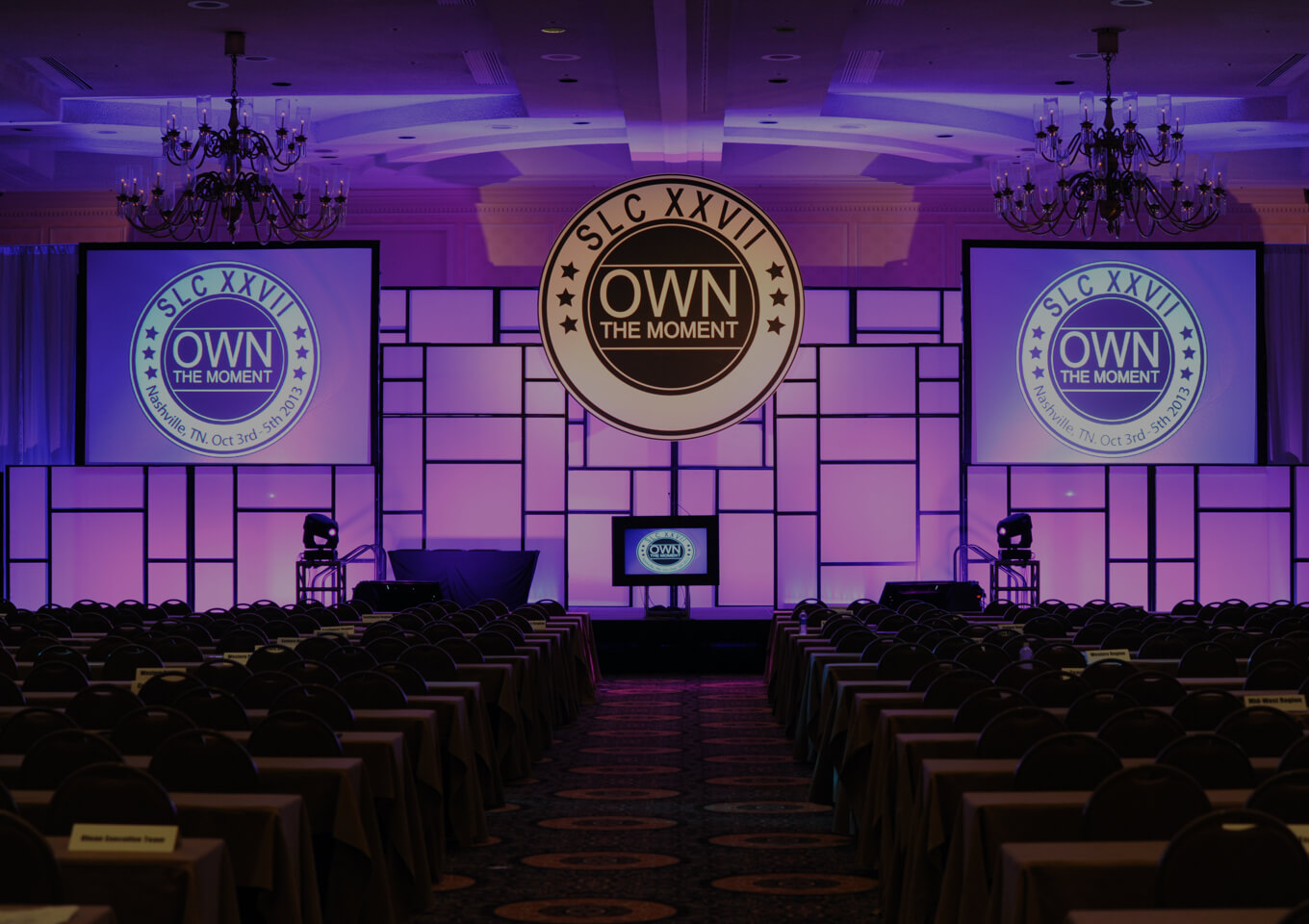Illuminating the Impact of Illumination Techniques on the Craft of Video Projections Mapping Techniques
Illuminating the Impact of Illumination Techniques on the Craft of Video Projections Mapping Techniques
Blog Article
Motion mapping projection is an exciting creative form that merges tech and creativity to convert ordinary spaces into extraordinary sight displays. This technique involves casting graphics and videos onto three-dimensional elements, such as buildings, artworks, or platforms. One of the most significant elements in creating effective projection in the use of efficient lighting techniques. Proper illumination enhances the aesthetic components of the projection and guarantees that the images are crisp and engaging. This piece examines the impact of illumination techniques on motion mapping and how they can elevate the complete experience.
Lighting plays a vital part in video projection because it sets the mood and feel of the exhibit. Different illumination methods can elicit various feelings and responses from the viewers. For instance, using gentle, cozy illumination can create a inviting atmosphere, while bright, cold lights may produce a more energetic or dramatic impact. By carefully selecting illumination hues and intensities, artists can manipulate how viewers perceive the displayed images, leading to a more engaging encounter. The equilibrium between mapping luminance and ambient light is essential, as it can significantly affect the visibility and impact of the visuals.
In addition, color and intensity, the direction of light also influences the effectiveness of mapping. Illumination from different directions can create shadows and highlights that add depth to the mapped images. This technique, known as chiaroscuro, can enhance the three-dimensionality of the objects being mapped. Furthermore, using moving lights can add dynamism to the display, making the experience more involving for the viewers. When the illumination collides with the mapped images, it can produce an effect of motion and change, Website grabbing the audience's attention.
Another essential aspect of illumination in mapping in the use of unique features. Methods such as patterned lighting, which employs shapes and forms to project light, can introduce depth and intricacy to the mapping. This approach allows artists to layer images and create visually captivating effects that complement the mapping. Moreover, adding laser lights or light-emitting diode illumination can additionally improve the exhibit, offering a unique blend of sight components that draw the audience in. These special effects, when used thoughtfully, can transform the mapping into a basic show to an immersive work of art.
In conclusion, the impact of lighting techniques on video projection is significant. By comprehending how various illumination components interact with projected images, creators can create captivating encounters that resonate with viewers. The careful selection of color, brightness, angle, and special effects allows for a rich tapestry of visual storytelling. As technology advances to evolve, the options for creative showcasing in mapping will only grow, making lighting an ever-important component in this innovative art Read Full Report form.